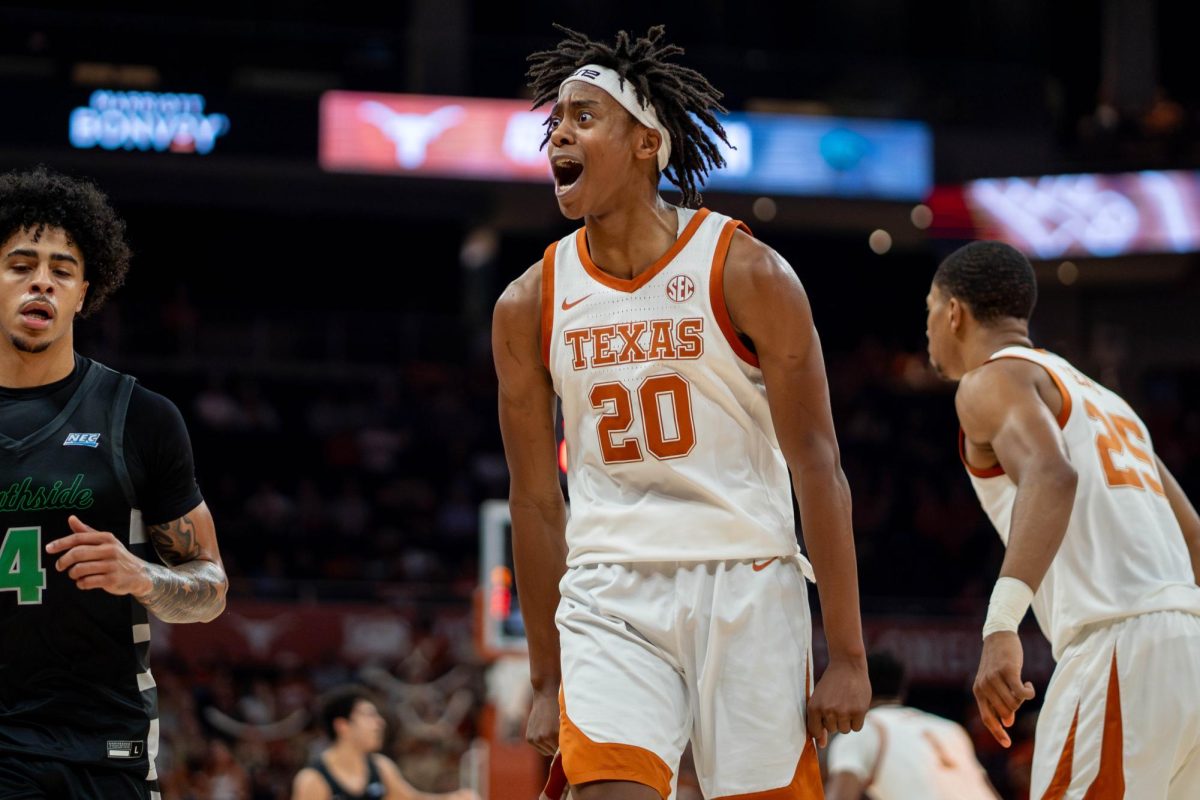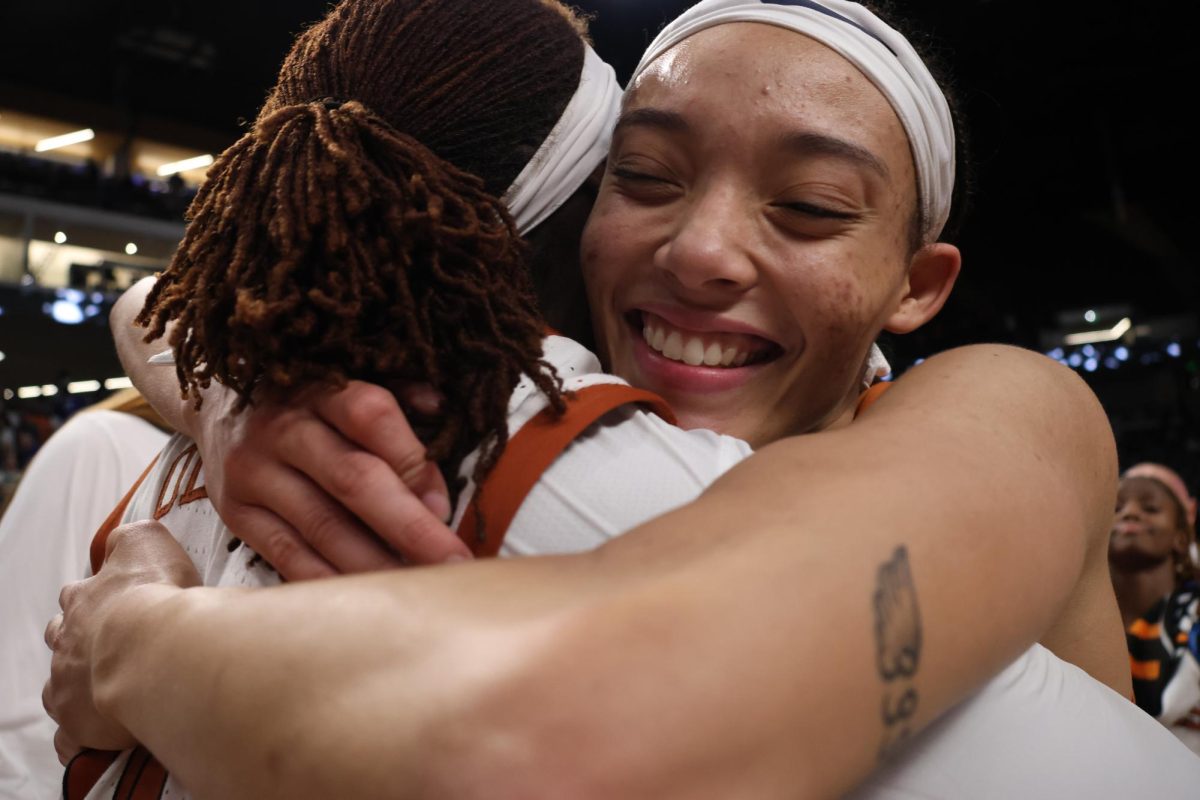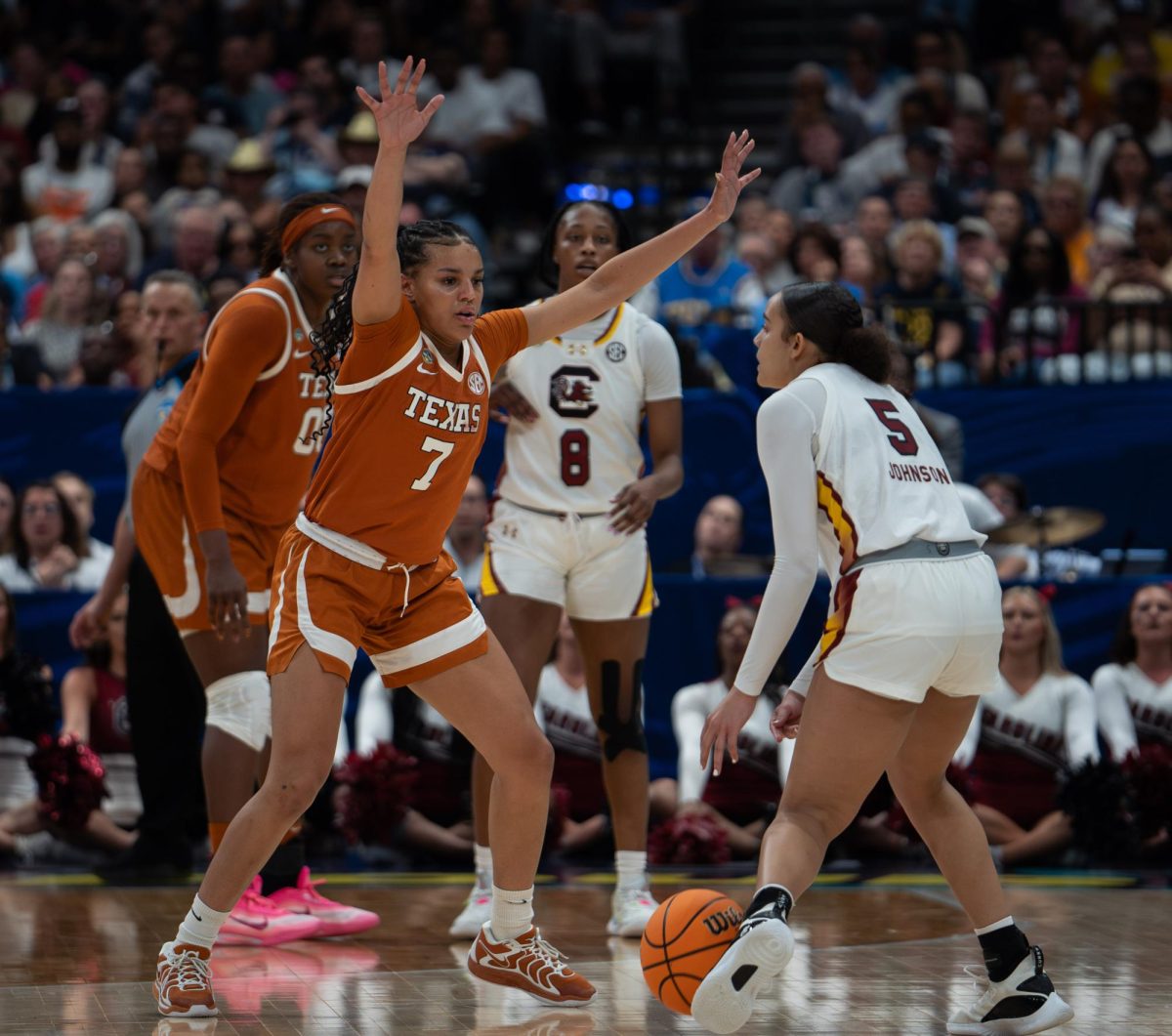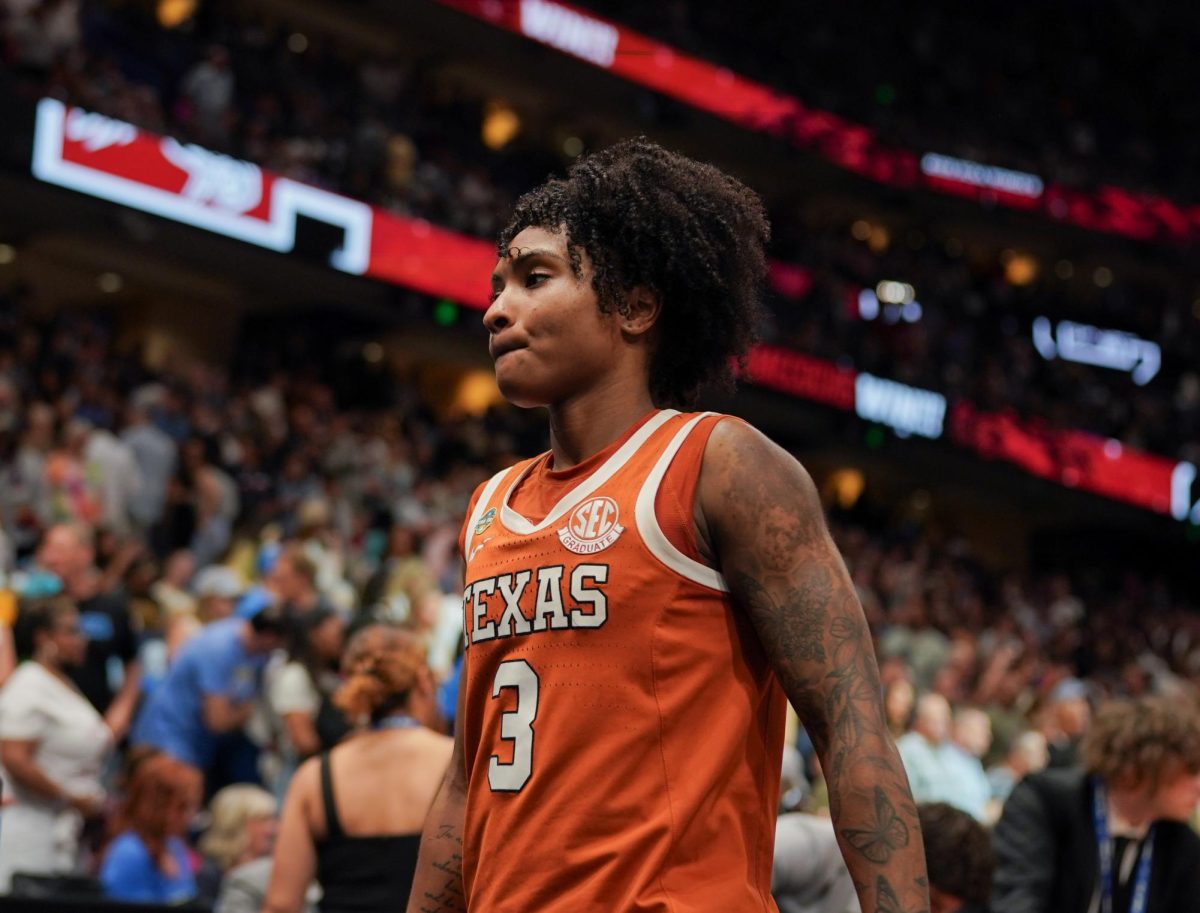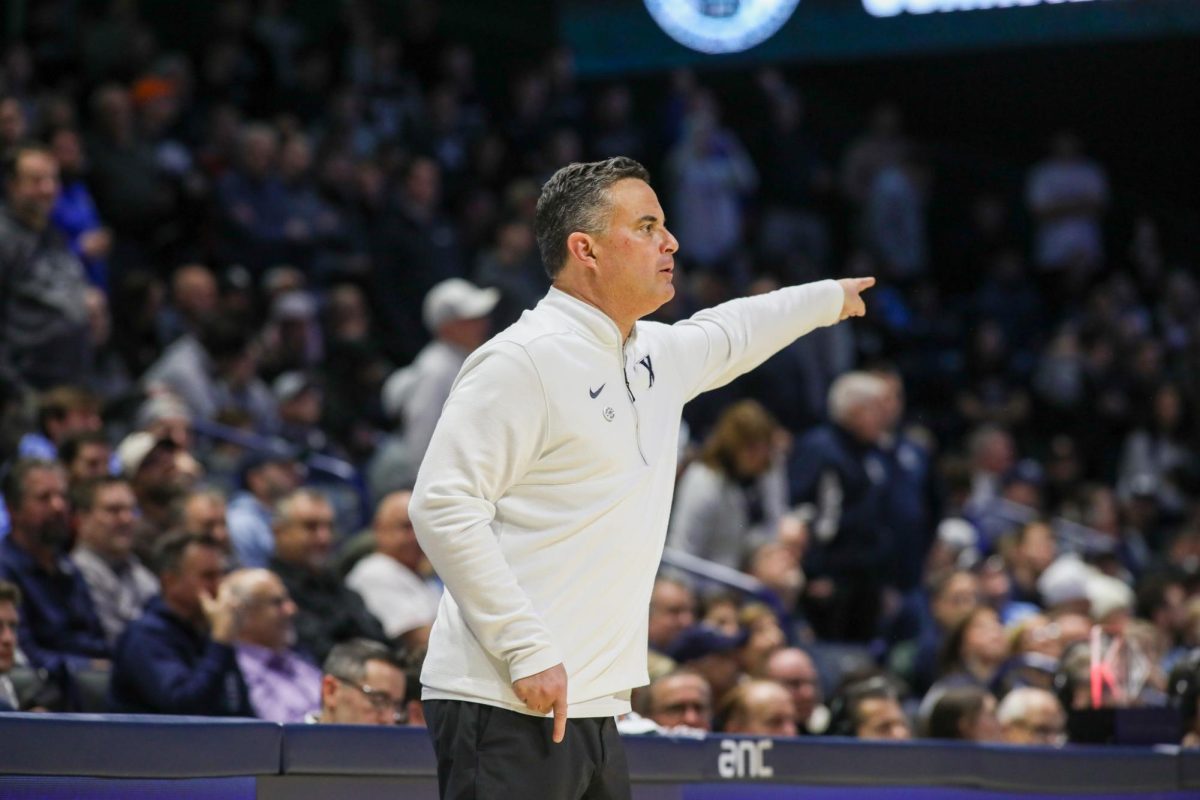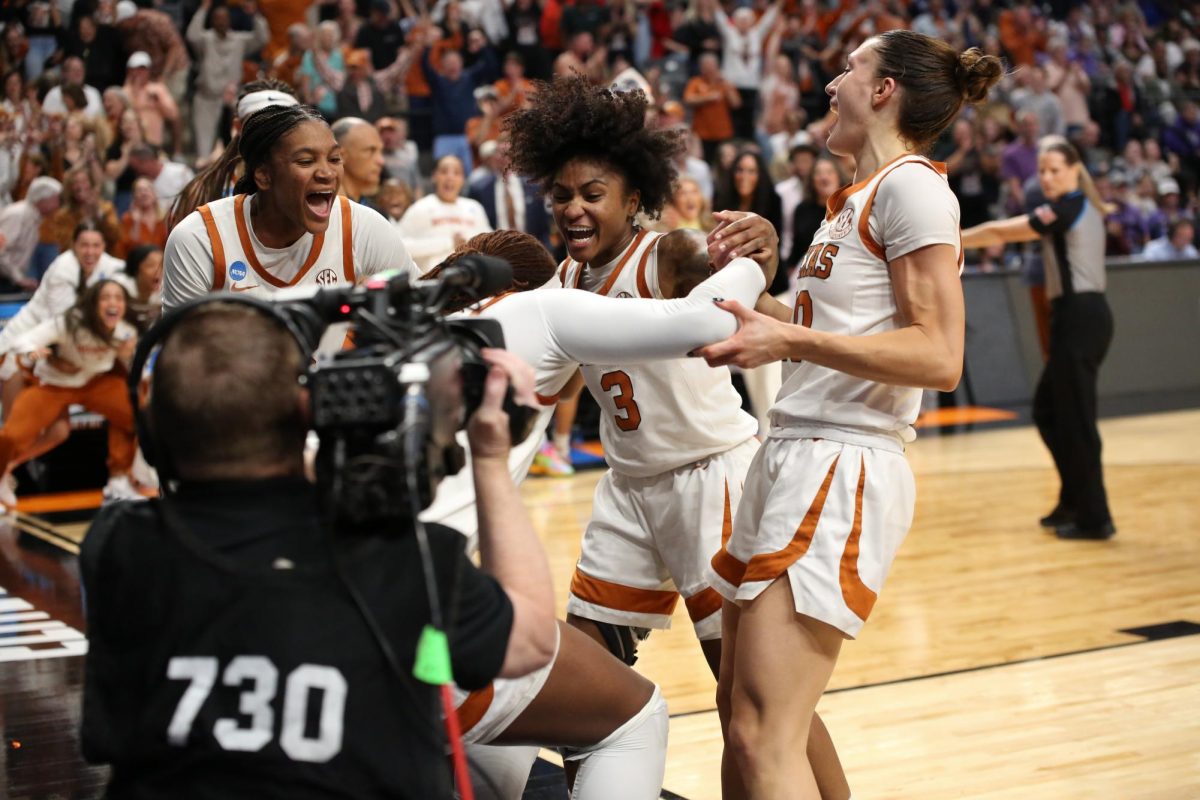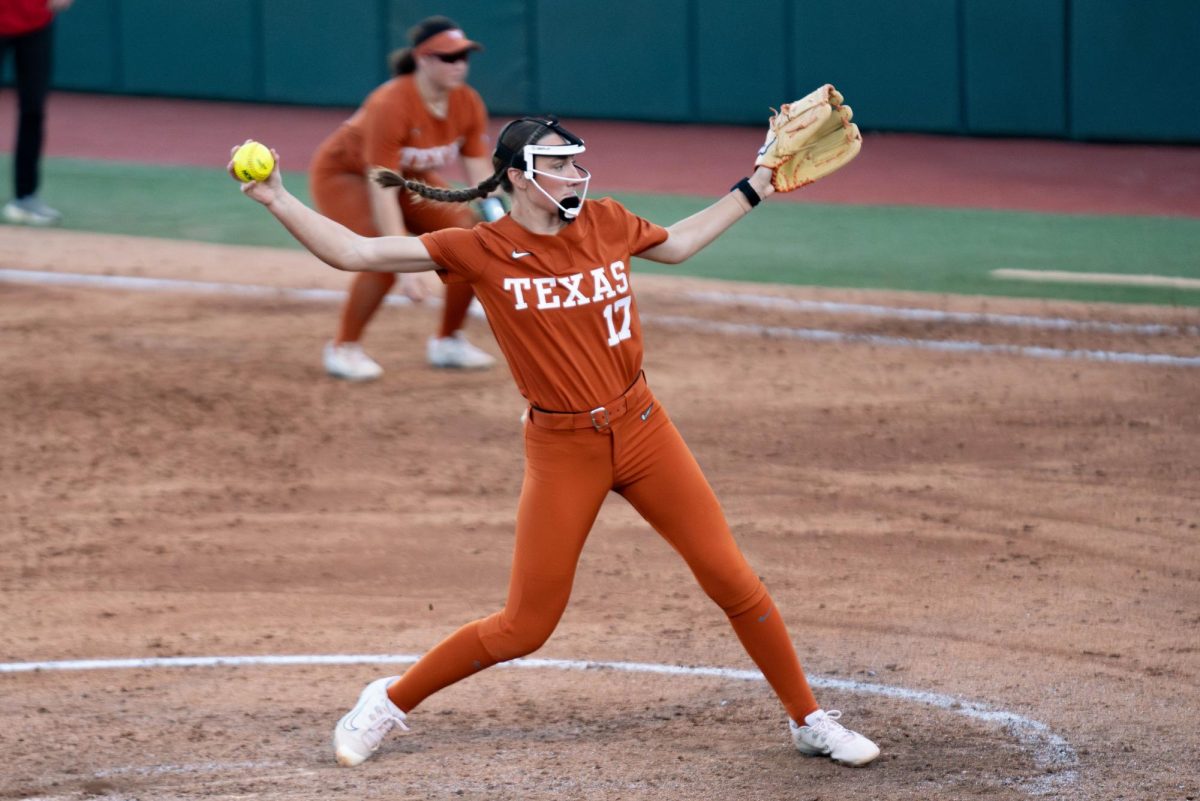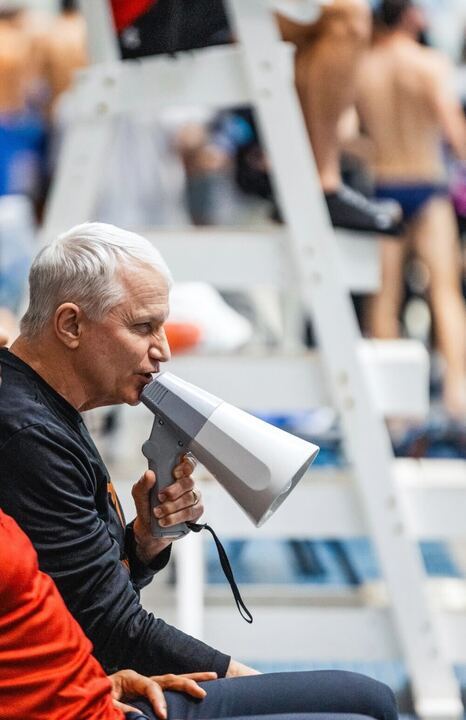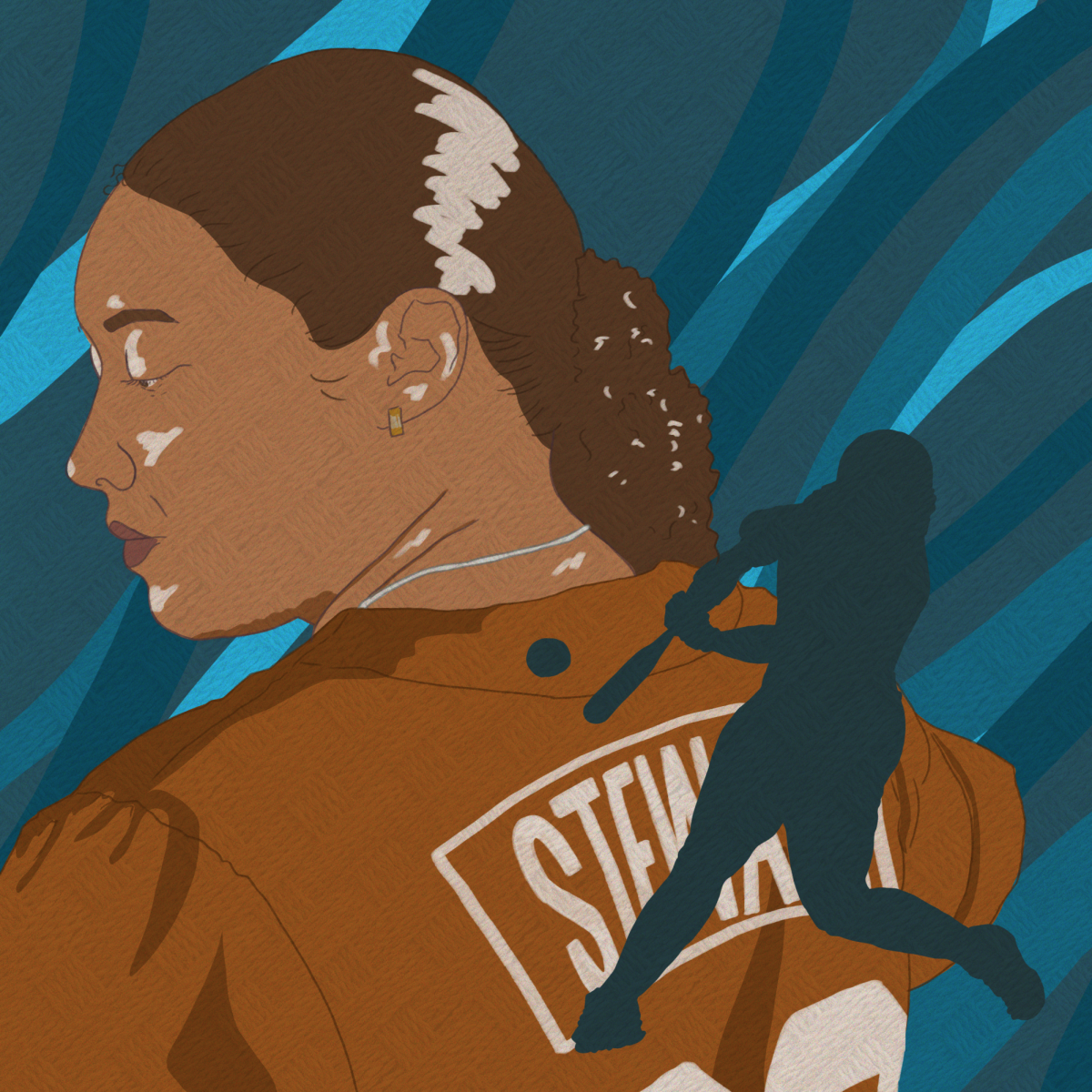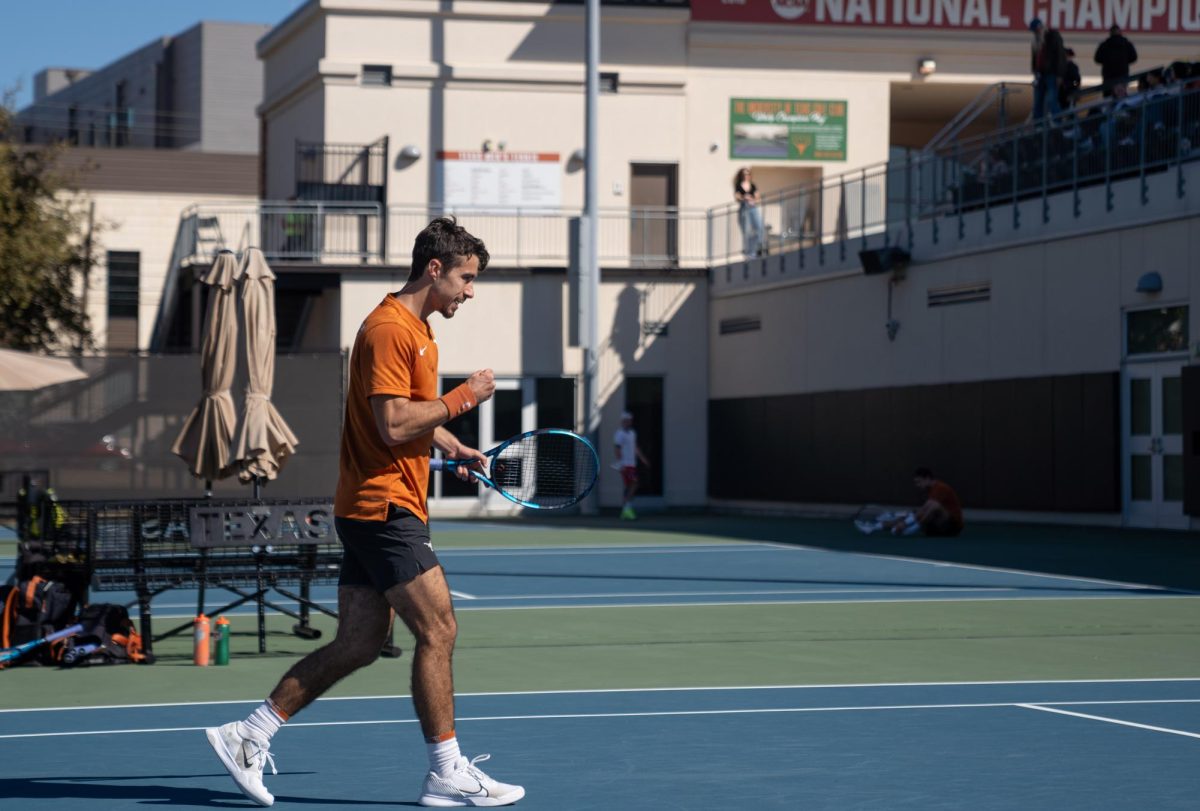Not many things went as planned for Texas this season, and at the top of the list was inconsistent play by key guards. A team that relies so much on self-creation needs guards who are a threat, make plays for others and knock down shots, and the Longhorns did not have enough players who could do this consistently.
Prior to the season, Texas hoped junior guard Jase Febres could be one of those players after averaging nine points a game on 38% 3-point shooting as a part-time starter in 2018-2019.
Before hyperextending his knee and missing the rest of the 2019-2020 season, Febres was averaging 9.3 points and 2.4 rebounds per game with a 51% effective field goal percentage. He started all 23 games that he was active, but the Longhorns were 5–3 in the games he sat out, including their highlight five-game win streak.
In order for Texas’ offense to reach its full potential, Febres needs to show a variety of secondary skills on a consistent basis. This analysis takes a look at what he needs to work on this summer to make him a multifaceted threat every time he steps on the court.
Shooting
Coming into his college career, Febres was billed as a strong outside shooter who could knock down shots both on and off the ball. While his 37% accuracy over the past two seasons is definitely up to par, his game log is not so clear. Like I mentioned earlier, Febres can get hot and cold quickly, with eight contests making up at least 50% of his threes and 11 games below 30%. Regardless, defenses are always wary of Febres and his ability to heat up in a hurry, evidenced by this strong closeout.
For Febres, his next step is to utilize his shooting to optimize the rest of his game, whether he’s passing to an open teammate or leveraging his threat as a shooter to get to the lane.
Finishing
This is the area where Febres needs to improve significantly. While Febres’ efficient field goal percentage is not bad at all (considered around average to slightly above), he shot an abysmal 38% on two-point shots. Thankfully, not even 20% of his attempts are inside the arc, so this mitigates some of these concerns slightly.
The primary concern is getting to the rim. Teams respect Febres as a shooter, so they often try to run him off the 3-point line by closing out extremely hard. This should lead to higher quality attempts at the rim, but Febres just does not have the burst or handle to get to the rack. As you can see below, Febres has a perfect opportunity to create horizontal separation off his pump fake but is unable to get out of it early enough, leading to a contested shot.
Even when Febres gets to the hoop, it is tough for him to convert. A common theme for Texas is to have many guards with slight frames. Around the hoop, Febres shies away from contact, which is a large factor in his low percentages and helps explain his poor free throw rate. He averages barely over half of a free throw per game during his collegiate career, with a free throw rate of .087.
Defense
Febres is not an awful defender, but he is also not an ideal choice for locking down opponents. Febres was one of two Longhorn players to have a defensive rating over 100 and had a defensive box plus/minus rating of 1.8. Due to Texas’ lack of size, he is often tasked with guarding players with a distinct size advantage leading to situations like this post up.
Additionally, Febres can have issues going over screens, like in this next play. While Oscar Tshiebwe, freshman forward for West Virginia, is one of the strongest players in college basketball, Febres does not take the ideal angle to put himself between his man and the basket, leading to an open layup.
Febres does have decent steal and block percentages, but these numbers may slightly overrate his defensive playmaking, specifically on the steals side. It appears most of his opportunities come from instincts and positioning rather than being a disrupter. He gets credit for that, but it isn’t necessarily a strength for Febres.
Overall
Febres has been a nice marksman the past two years. Even though he has not been the most consistent in terms of accuracy, he is always a threat, and defenses have to give him attention. So much of his game is based on him making shots, and since he is not an elite shooter, he needs to find other ways to make significant contributions. With three starting guard spots and four worthy candidates, Febres needs to come in next season with some new additions to his game.


